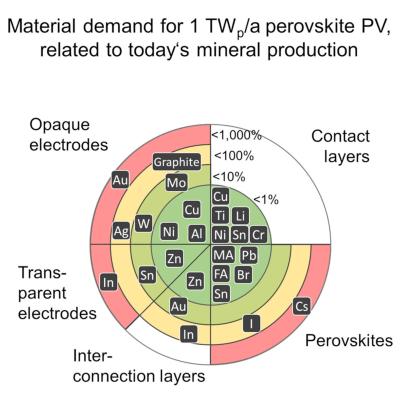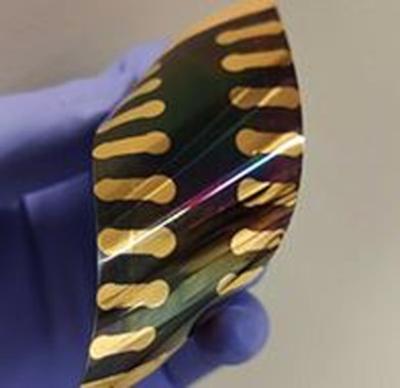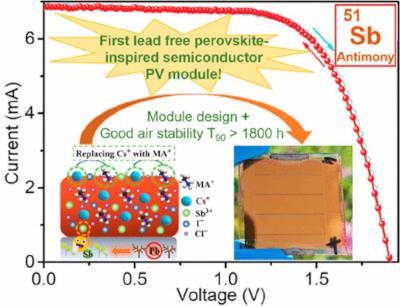Researchers determine if commercial scale production of perovskite is feasible from a material supply perspective
Researchers from Germany's Philipps-University Marburg, Fraunhofer Institute for Solar Energy Systems ISE, Fraunhofer Research Institution for Materials Recycling and Resource Strategies IWKS, Potsdam Institute for Climate Impact Research and Sweden's Uppsala University have examined the question of availability of enough materials to produce perovskite PVs on the multi-terawatt-scale needed to make a significant contribution to climate change mitigation.
The scientists assessed the material demand for a multi-TW-scale perovskite PV production, identified potential supply risks for each material, and derived guidelines for further device optimization and material research. The study is based on a model for future multi-TW perovskite PV production that is coupled to an inventory of the most relevant materials used for PSC production. The team considered two factors of supply criticality, namely, mining capacity for minerals and the production capacity for synthetic materials.




